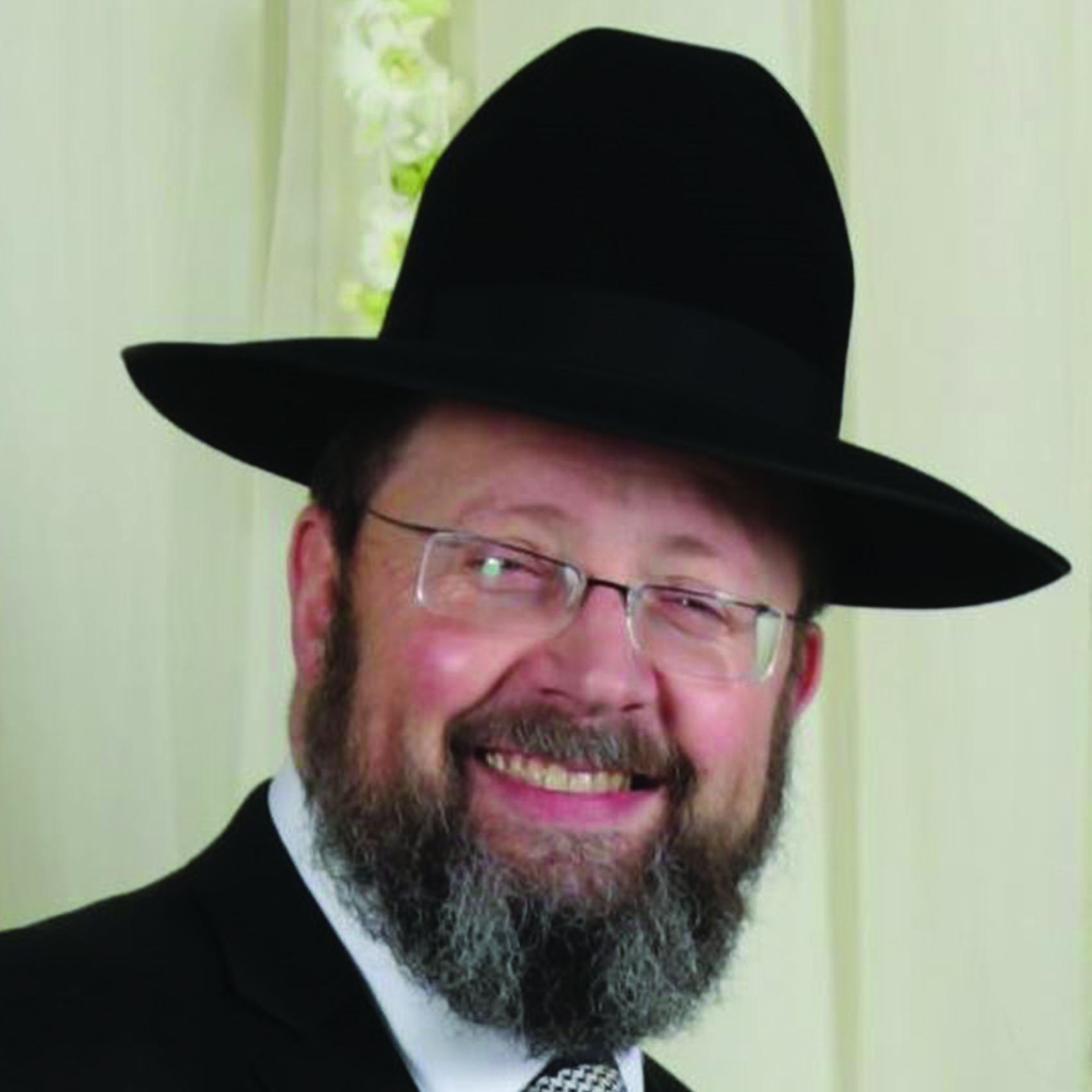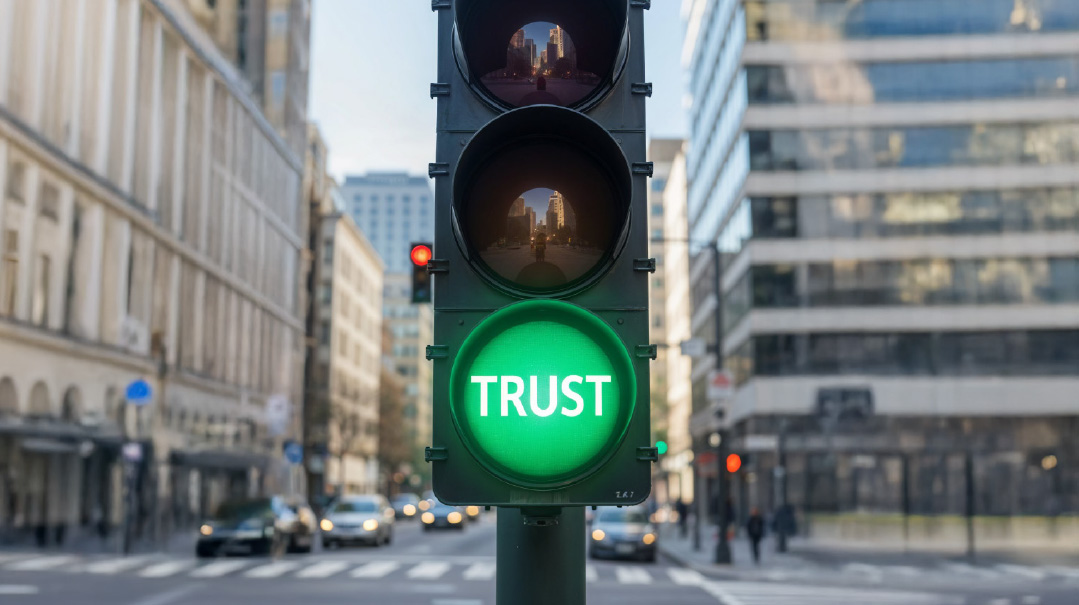Soul Stirring

T he eclipse is old news by now. Like for most of those who do not live in Oregon or the Carolinas where “totality” was viewable the eclipse for me was nothing more than a passing curiosity. I got my glasses — actually I borrowed them from a friend — peered up at the sun saw the “bite”… v’zehu.
But a few weeks later a photo essay by my good friend Ben Wymore in which he engagingly chronicled his experience of traveling to wherever and viewing the eclipse appeared in these pages. He added that at the moment of totality he started tearing up.
Now I know Ben. I would describe him as cerebral; a scientific technological wizard… not at all an artsy mushy type. I was therefore highly skeptical of his reporting. So I called him.
“C’mon Ben. Cut the dramatics. You teared up?” He insisted he did and asserted that he was far from the only one. People broke down. Others started hollering. Since then I’ve read other accounts of people who experienced the same powerful response. It should not be surprising. In fact the Chovos Halevavos (Shaar Cheshbon Hanefesh 23) writes that one should study nature to find Hashem adding:
Do not be deceived due to seeing [nature] so frequently… so that you abandon being in wonder… most common people… are in wonder only when seeing something they are not used to seeing such as a solar or lunar eclipse.…
But what generated these powerful emotional responses?
It is the neshamah being jarred awake from slumber by this stark meeting with The Answer to the rhetorical question “Mi bara eileh? — Who created all these?” It is for this same reason that quiet reigns at the Grand Canyon. Where there is a powerful revelation of the Creator our neshamah responds with silent awe. [I cannot imagine how a kofer would explain this phenomenon and what generates this response.]
But why is this important — and why now on Rosh Hashanah?
Because we need reminders of the fact that we in fact have a neshamah. After all we cannot sense it. Sure we believe that it exists but how do we know it? How do we feel it? Nature can reawaken it but that is fleeting.
There is another way.
It is now the time of “Vayipach b’apav nishmas chayim ” when Hashem blew of Himself into man: Man d’nafach mi’dilei nafach. This is when we first touched the Divine as He gave us the kiss of Life.
We all experience our neshamah during these days. Simply put the Yamim Noraim work. At some time during these intense and incredibly beautiful days our neshamah shoots a spark and reignites our hearts. We feel closer not only to Hashem but also to our spouse and children. Everything tingles with life. We may cry or feel ourselves welling up as our higher self reawakens pulls yearns to be something more. To be greater. To return. To touch the infinite.
Our neshamah is right there. Ready to be touched. We just have to reach out to it.
Some 70 years ago the Klausenburger Rebbe established a mesivta in Montreal. Upon his arrival his driver got lost in the city. It was one of those charming Montreal days: three feet of snow a howling wind and nobody in the streets. They noticed a bundled up but bareheaded young man walking down the street and figured they would ask him for directions. The driver approached him and tried to communicate in a hodgepodge of broken English and French when suddenly the Rebbe got out of the car and started schmoozing with the man in fluent Yiddish. They carried on a five-minute conversation and got directions to the school.
Thirty years later...
The Klausenburger Rebbe’s driver is speaking at the mesivta’s annual dinner. He relates this incident how the Rebbe divined with ruach hakodesh that this fellow was a Yid and tried to be mekarev him. A mofeis.
A person in the audience in full chassidish regalia stands up. “I was that young man and it was not ruach hakodesh. The Rebbe saw I was walking around in the freezing weather bareheaded and he asked himself ‘Who in their right mind would walk around like that in such frigid weather? Only someone who is so angry at Hashem that he deliberately refuses to cover his head.’ The Rebbe approached me and was so warm and so kind that it triggered my return to Yiddishkeit.”
This is the power of the neshamah.
It’s a power that forces a person to believe in Hashem even when he is angry at Him. It’s a power that can be reignited after years of dormancy. And it’s a power that can be detected by other sensitive neshamos.
One more story.
This past summer my son joined a summer chizuk program in Johannesburg South Africa led by Rabbi Akiva Grosnass his former 12th-grade rebbi. On the requisite trip to Kruger National Park a 19-year-old Afrikaner boy served as one of their guides. All the South Africans were pleasant but the bochurim really hit it off with this kid. They unanimously agreed that he must be Jewish but he insisted he was Christian. During a late night schmooze he told my son that one of the main actors in the Harry Potter films is Jewish. My son asked him how he knows. His response? “My mother’s mother who is Jewish told me.”
Bingo. Hello Neshamah.
When the baal tokeia blows into the shofar he is acknowledging this breath of life. When we cry out in davening “Haneshamah lach ” we acknowledge this reality.
Let’s be aware of our gift of life of the Life that is pulsating within us. Elokai neshamah shenasata bi tehorah hi.
Let’s not take it for granted. V’Atah asid litlah mimeni.
And let’s celebrate it and thank Hashem for it. Kol zeman shehaneshamah b’kirbi modeh ani lefanecha.
How should we be aware of it? How should we not take it for granted? How should we celebrate and be thankful for it?
By doing something concrete for it.
By being mekabel to daven b’tzibbur to make a learning seder to call our spouse just to say hello in the middle of the day. To do something to nourish our neshamah.
Ourselves.
Our true Self.
Kesivah v’chasimah tovah to all. (Originally featured in Mishpacha Issue 678)
Oops! We could not locate your form.













